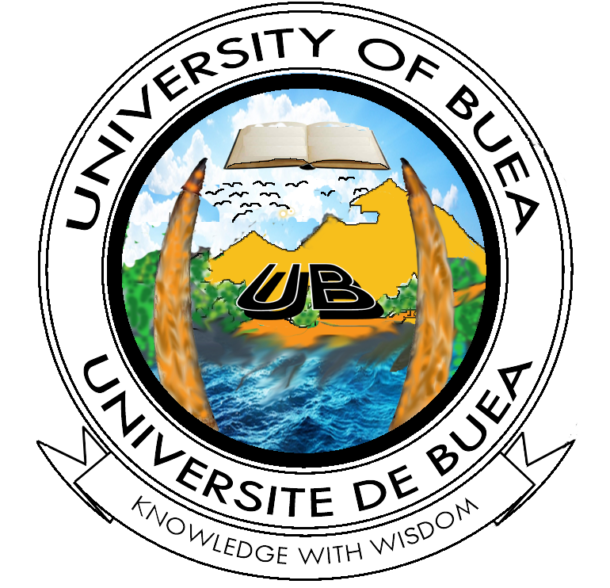| CHM638: Statistical and Applied Thermodynamics | 6 credits (40-10-10) |
Objectives
To use the statistical treatment of microscopic systems described by classical quantum mechanics to show the connection between microscopic (individual molecules) behaviour and classical thermodynamics; to discuss chemical and physical systems from both classical thermodynamic and statistical points of view.
Contents
The idea of statistical mechanics; the canonical ensemble; evaluation of probability, fj; canonical partition function, z-internal energy and system pressure; evaluation of function (T); Entropy(s) and other thermodynamics functions H, A, G and U; Systems of non-interacting particles; Canonical partition function of a pure ideal gas; Boltzmann distribution law; Ej vib for ideal diatomic gas; Statistical thermodynamics of ideal diatomic, monatomic and polyatomic gases; Partition functions; equations of state and thermodynamic properties; Equilibrium constants, Kp and Kc; Entropy and the third law of thermodynamics. Ideal gas thermodynamic properties and the equilibrium constants; Standard thermodynamic functions of formation (ΔHºf,T, Sºf,T, ΔGºf,T, Ćºp); Intermolecular forces and the Lennard-Jones 6-12 potential; Statistical thermodynamics of fluids; Configurational partition function, Properties of fluid-phase equilibrium mixtures; deviation from ideal behaviour; Use of diagrams and tables; Generalised compressibility diagrams; condensed phases; Mixtures of gases; Pseudocritical constants; partial molar quantities; Gibbs-Duhem relations; Applications. Roozeboom graphical method, Darken method; Case study: extraction of phosphorus from natural phosphates; Metallurgical thermodynamics problems faced in the industry.


